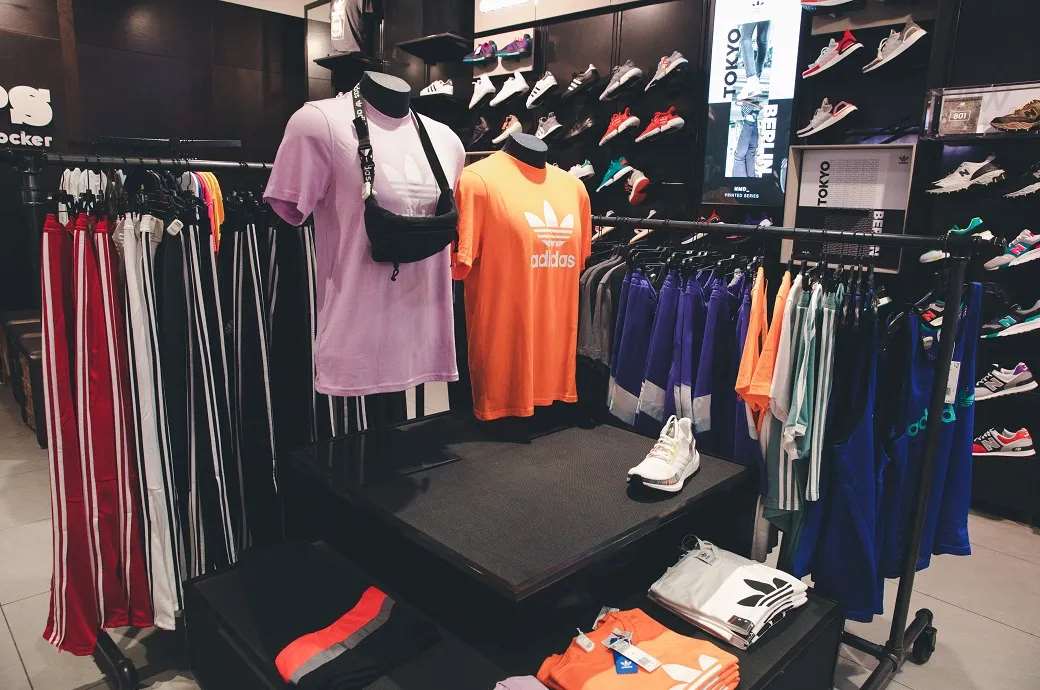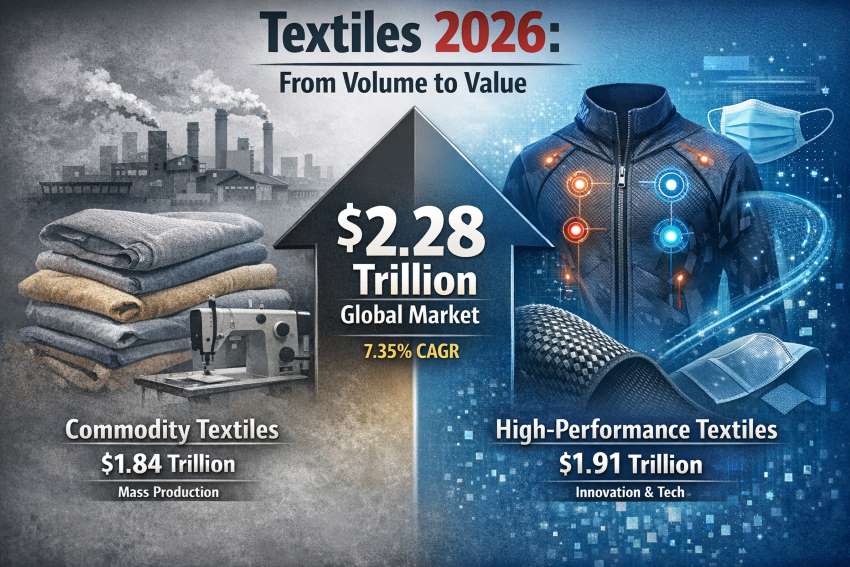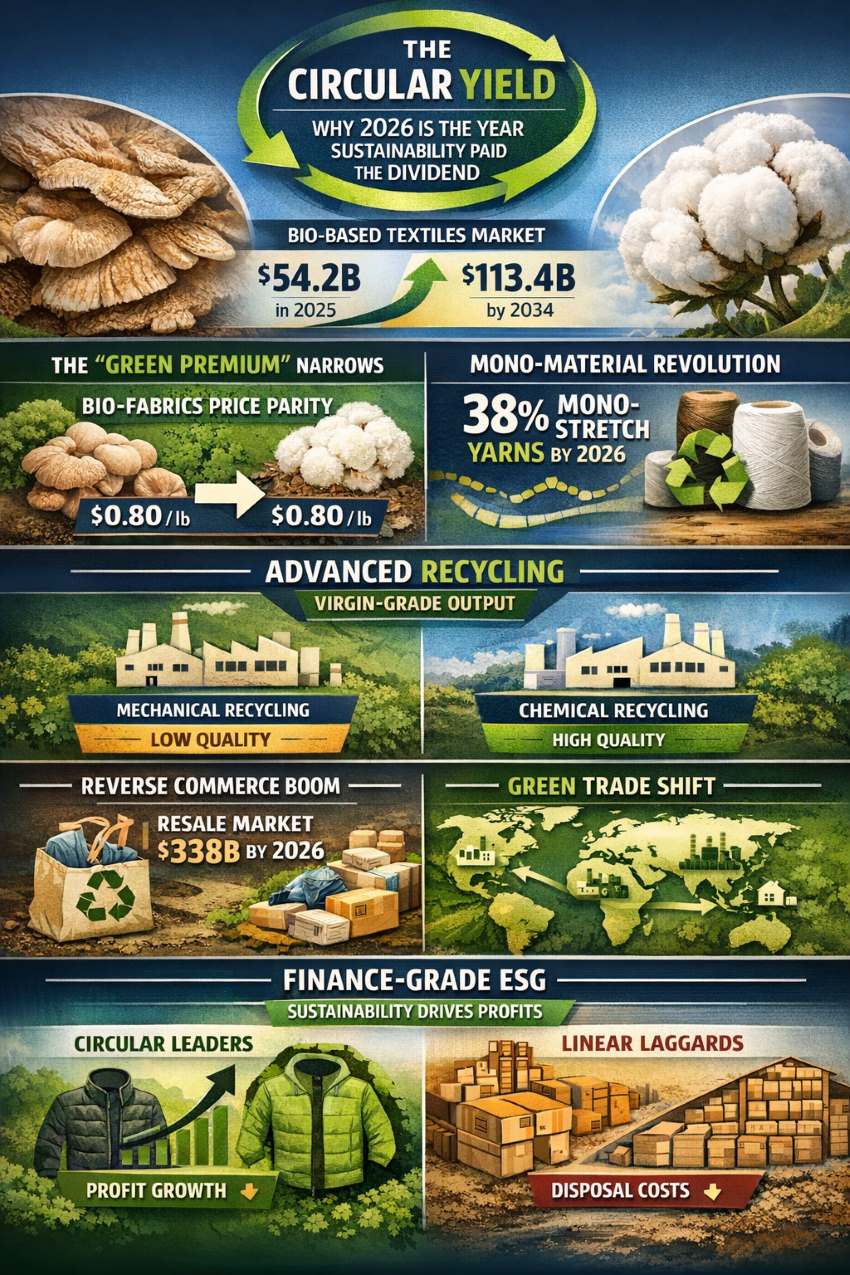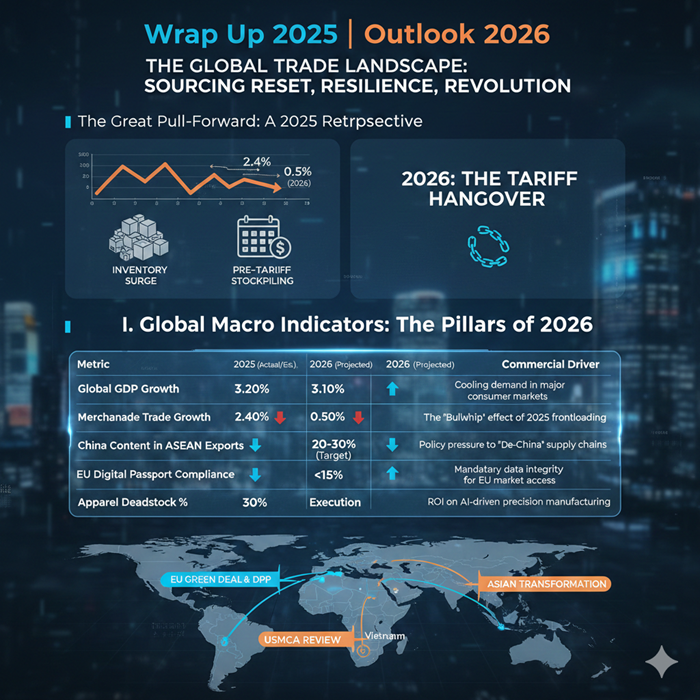
The US apparel industry is undergoing a significant paradigm shift, driven by evolving consumer preferences, changing global dynamics, and technological advancements. Gone are the days of solely relying on low-cost, mass-produced garments from traditional suppliers like China. Consumers are demanding more, pushing the industry towards sustainability, ethical sourcing, and diversification.
There are various reasons for this transformation. These include shifting consumption patterns, evolving buying behaviour, choosing experiences over ownership among others.
A changing consumer
Today's consumers are increasingly concerned about sustainability, ethics, and transparency in their purchases. This is driving demand for eco-friendly materials, ethical production practices, and brand’s promoting social responsibility states McKinsey & Company ‘State of Fashion 2022’ report. Millennials and Gen Z prioritize ethical and sustainable practices. Studies by McKinsey & Company show 60 per cent of global consumers are willing to pay a premium for sustainable products.
Meanwhile fast fashion is facing backlash due to its environmental impact and fleeting trends. Consumers are seeking clothing that reflects their individual style and values, leading to a rise in personalized shopping experiences and on-demand production states Deloitte’s ‘Fashion & Apparel - Industry Outlook 2023’. Demand for ethical and sustainable production practices is prompting brands to diversify sourcing and prioritize eco-friendly materials. As per Euromonitor International ‘Apparel: United States, 2023’ millennials and Gen Z prioritize experiences over material possessions. This translates to a rise in clothing rental services, subscription boxes, and resale platforms, impacting traditional ownership models.
Table: Shifting consumption landscape
| Year | Total US Apparel Imports (in billion US$) | Import Source Shift |
| 2021 | $ 128 | China dominant |
| 2022 (estimated) | $ 132 | Vietnam, Bangladesh gaining share, China decreasing |
| 2023 (projected) | $ 137 | Vietnam, Bangladesh gaining more share, China further decreasing |
• Source: Total US apparel imports data: OTEXA
• Import source shift data: World Trade Organization
Online shopping has revolutionized the buying experience, fostering personalized recommendations and faster delivery, impacting import patterns. Trade tensions and supply chain disruptions are driving some manufacturers to shift production closer to the US market.
Evolving buying behavior
As per Statista’s ‘Digital Commerce Share of Total Retail Sales in the United States 2023’ e-commerce is the primary channel for clothing purchases, growing at a faster rate than physical stores. Mobile shopping and social media platforms are increasingly influencing buying decisions. Brands are bypassing traditional retail channels and selling directly to consumers, offering greater control over brand image and profit margins. This trend is prevalent in athleisure, streetwear, and sustainable fashion brands. Also, as per McKinsey & Company ‘The Age of Personalization’ retailers are leveraging customer data to tailor marketing campaigns, product recommendations, and shopping experiences, leading to more personalized interactions.
Category-specific trends
A look at categories reflects the pattern is similar to many other markets including Europe. In menswear for example, athleisure and casualwear segments is growing, increasing focus on comfort and performance. In women’s wear the demand is for versatile pieces, athleisure, and sustainable materials. Rise of activewear and modest fashion. As for kid’s wear the focus is on comfort, functionality, and sustainability. Also, there is growing demand for gender-neutral clothing and ethical production.
Knitwear continues in popularity especially with demand for athleisure and loungewear with increased focus on natural and recycled fibers. In denimwear the shift is towards sustainable production and demand for comfortable and versatile styles. There is growing demand for performance outerwear and sustainable materials like recycled down.
A look at various segments shows, premium segment continues as consumers are willing to pay more for quality, ethical production, and unique designs. Sustainability credentials are increasingly important in this segment. In value segment, price sensitivity remains high, but demand for quality basics persists. This segment is still sizable, but competition is fierce due to rising raw material costs and labor wages. Value retailers are focusing on innovation and private label offerings to differentiate themselves. Meanwhile, resale platforms, rental services, and subscription boxes are gaining traction, representing new segments within the market.
Table: US apparel imports in volume
| Year | Apparel Import Volume (million metric tons) | Apparel Import Value (US$ billion) |
| 2021 | 3.2 | 107.6 |
| 2022 | 3.1 | 112.4 |
| 2023 (Est.) | 3.0 | 115.0 |
Source: U.S. Census Bureau, OTEXA
The bottomline is paradigm shift in apparel imports reflects a changing consumer landscape. As sustainability, ethics, and personalization become priorities, the US is reshaping its wardrobe. The future holds exciting possibilities for brands and consumers alike, with a focus on innovation, responsibility, and a more conscious approach to fashion.












